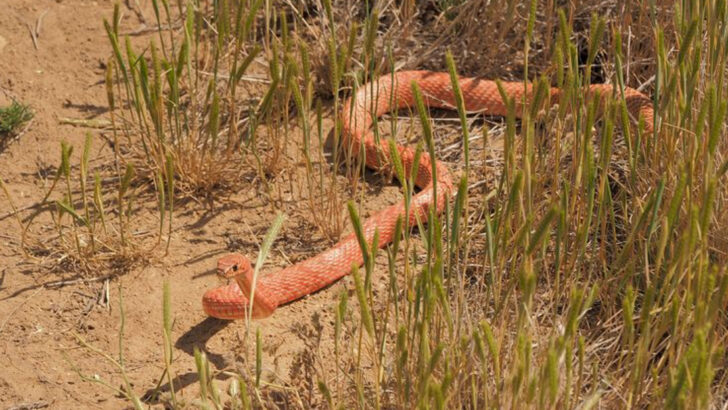They’re out there.
Slithering in silence. Vanishing into the underbrush like phantoms.
These snakes aren’t the ones you spot sunbathing on a hiking trail. They’re the legends whispered about in field guides and obsessed over by herpetologists with mud on their boots and binoculars in hand.
Some are masters of disguise. Others live where few dare to go—high deserts, dense forests, hidden swamps. Their names spark excitement in those lucky enough to glimpse them. For most of us? They’re practically mythical.
Get ready to explore the shadows of North America’s wild places.
These are the 16 most elusive snakes—creatures so shy, secretive, and slippery that even the pros can’t find them half the time.
Let’s shine a light into the leaf litter.
Just don’t blink.
Eastern Coral Snake
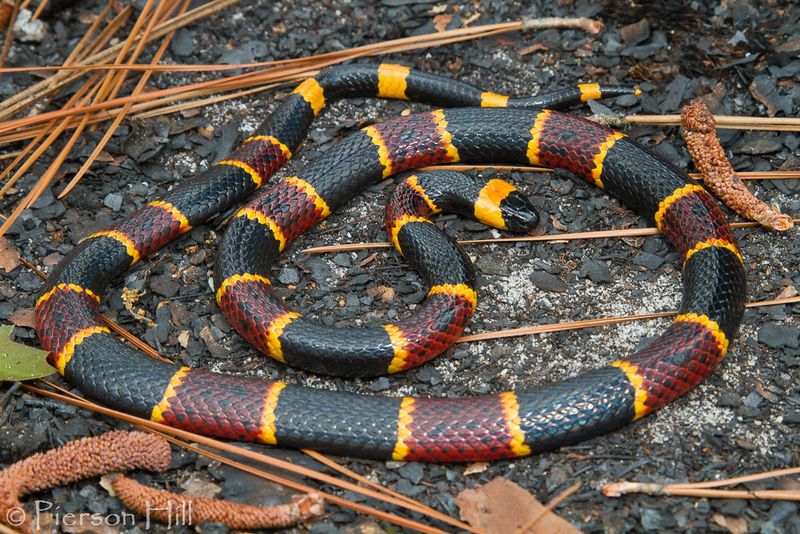
With its vivid red, yellow, and black bands, the Eastern Coral Snake is a striking but elusive figure in North American woodlands. This snake is known for its secretive nature, often hiding under leaf litter or within fallen logs.
Despite its bright coloration, which warns of its venomous bite, the Eastern Coral Snake is rarely seen due to its reclusive habits. It is mostly nocturnal, making daylight sightings even scarcer.
Many people mistake it for non-venomous species with similar patterns, but remember: ‘Red touch yellow, kill a fellow’. Always observe from a safe distance.
Rubber Boa
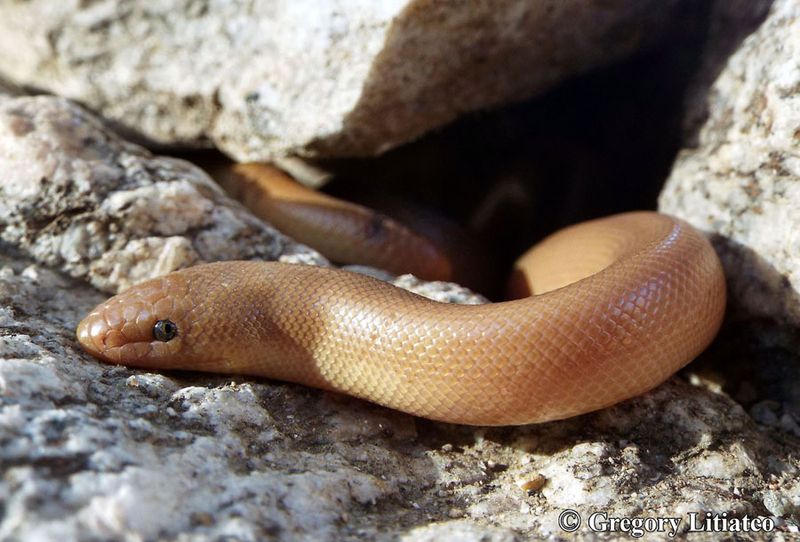
The Rubber Boa is as smooth and subtle as its name suggests. Found in cool forested areas, this nocturnal snake is often mistaken for a worm due to its small size and supple skin.
It enjoys a hidden lifestyle, burrowing into soft ground or under rocks during the day, which makes spotting it a true challenge.
Its gentle demeanor and secretive ways add to its mystique. In the rare chance you encounter one, you’ll notice its tail mimics a head, a clever trick against predators. Truly, the Rubber Boa is a master of disguise.
Trans-Pecos Copperhead
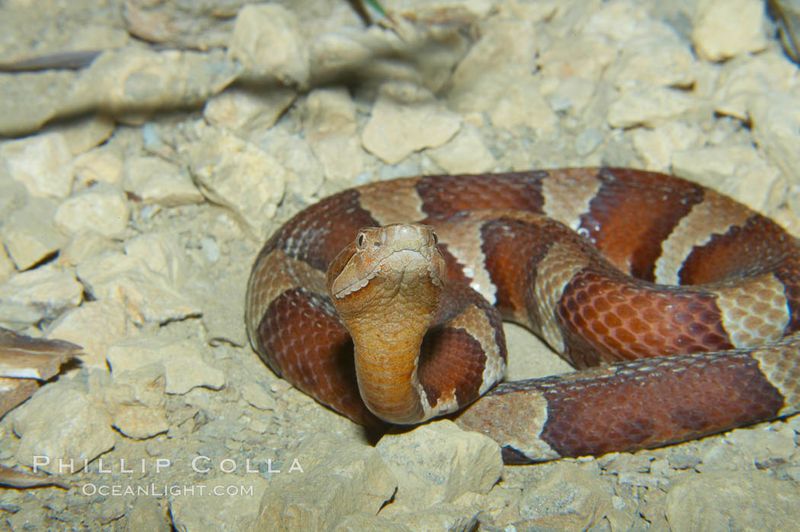
Dwelling in the arid landscapes of the Trans-Pecos region, this copperhead is a master of camouflage. Its coppery tones perfectly blend with the rocky outcrops, making it hard to spot.
Unlike other copperheads, this variant is more reclusive, often hidden during the heat of the day, venturing out at dusk or dawn.
Its secretive nature and the rugged terrain it inhabits make sightings a rare event. If you’re trekking through its habitat, tread lightly and look closely; you might just be rewarded with a glimpse of this elusive beauty.
Arizona Mountain Kingsnake

With its vibrant red, black, and white bands, the Arizona Mountain Kingsnake is a sight to behold. Found in rocky desert and forested areas, its bold patterns mimic those of the venomous coral snake.
However, this kingsnake is non-venomous and quite shy. It tends to hide under rocks or in crevices, making it a rare find for snake enthusiasts.
When threatened, it might mimic more dangerous snakes by shaking its tail. Such clever behavior, combined with its elusive nature, makes it a fascinating target for those lucky enough to spot it.
Big Bend Patchnose Snake
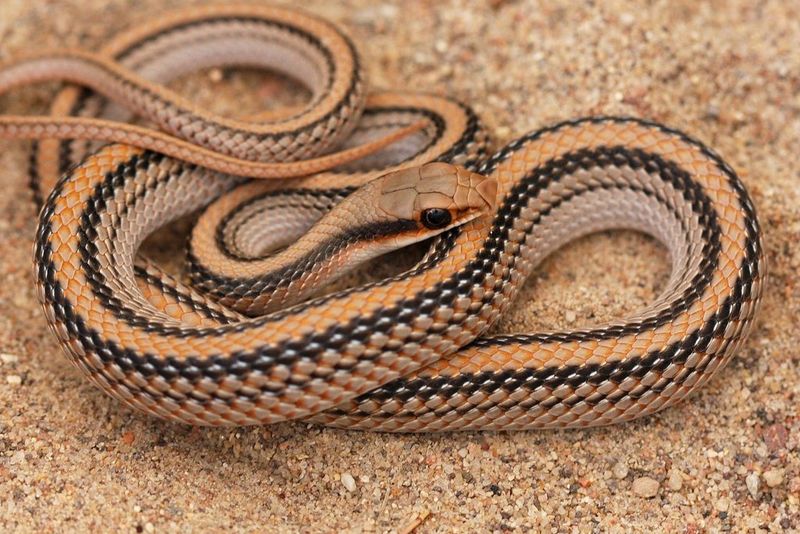
The Big Bend Patchnose Snake is a true desert dweller, inhabiting the hot, arid regions around Big Bend. Its slender body and distinct patch on the nose make it stand out—if you can find it!
This snake is exceptionally fast, often darting between shrubs and rocks. Its speed, combined with its preference for remote areas, makes it difficult to encounter.
Despite its elusive nature, it poses no threat to humans and is more interested in hunting lizards and small rodents. Keep your eyes peeled for this speedy snake while exploring the desert.
Baja California Rattlesnake
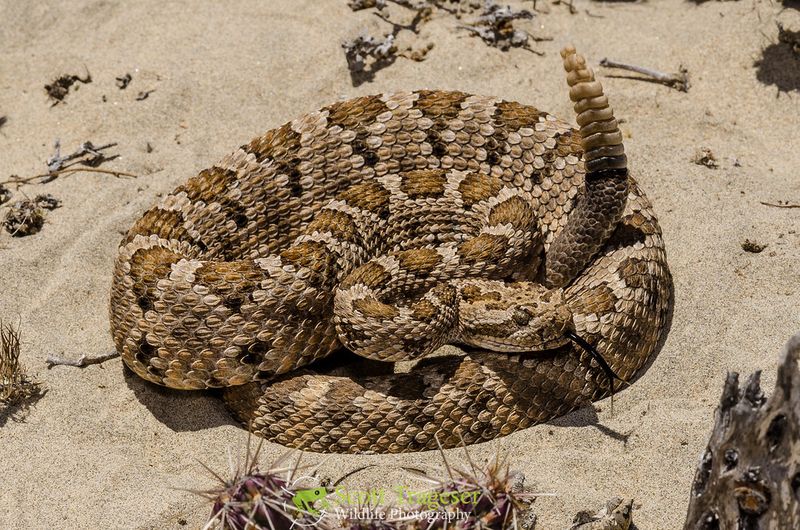
In the rugged landscapes of Baja California, the Baja California Rattlesnake reigns supreme. Known for its potent venom, this rattlesnake is rarely seen, as it prefers the solitude of rocky terrains.
Its cryptic coloration allows it to blend seamlessly with the desert environment, making it a master of stealth.
When feeling threatened, it issues a telltale rattle as a warning. For those exploring its habitat, this sound is both a caution and a rare auditory experience, signaling the presence of this enigmatic creature.
Louisiana Pine Snake
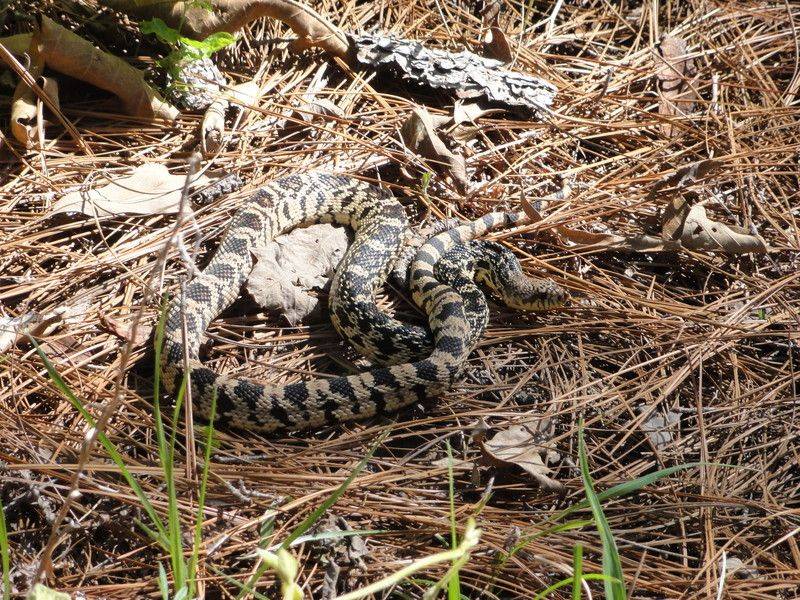
Once widespread, the Louisiana Pine Snake is now a rare sight, primarily due to habitat loss. Found in the longleaf pine forests, this snake spends much of its time underground in burrows.
Its secretive lifestyle and declining numbers make it a prized find for herpetologists and enthusiasts.
Despite its reclusive nature, efforts are being made to conserve its habitat and support population recovery. If you’re in the right place, you might witness this snake as it briefly ventures above ground, a true testament to nature’s hidden wonders.
Chihuahuan Hook-nosed Snake
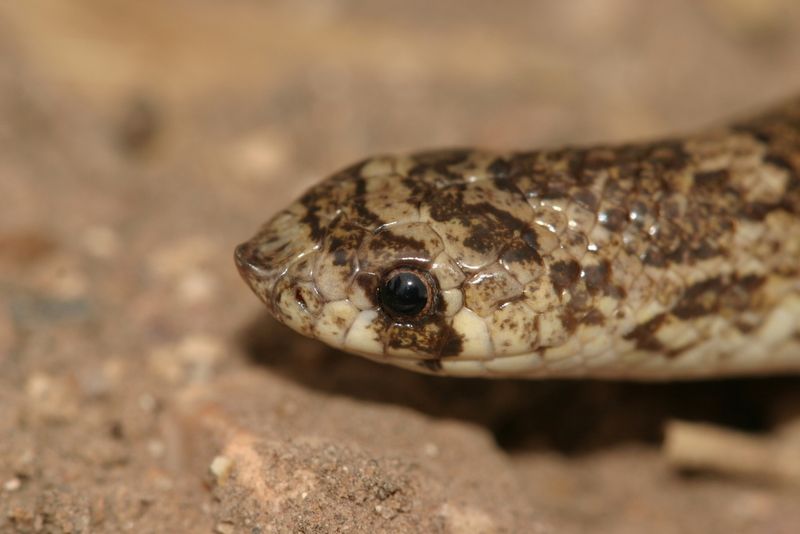
In the sandy soils of the Chihuahuan Desert, the Hook-nosed Snake is a master burrower. Its upturned snout is perfectly adapted for digging, allowing it to disappear into the ground with ease.
This snake is mostly active at night, which adds to its elusive reputation. During the day, it remains hidden, making sightings rare.
Though it has rear fangs, it’s non-venomous to humans. Spotting this snake involves a keen eye and a bit of luck, as it moves swiftly through its desert home, often leaving behind only subtle traces.
Mojave Rattlesnake
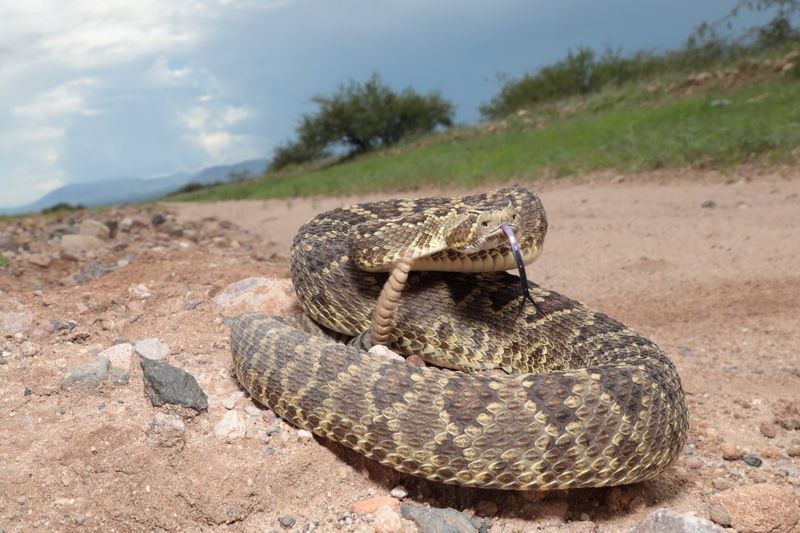
The Mojave Rattlesnake, infamous for its potent venom, is a formidable presence in desert regions. Despite its dangerous reputation, it is rarely seen, as it prefers the cover of night.
Its greenish hue blends well with the scrubby landscape, allowing it to ambush its prey with ease.
Though encounters are infrequent, they can be memorable. The Mojave’s distinctive rattle serves as a vital warning to passersby. Observing this snake requires respect and caution, but those who do may find themselves captivated by its raw desert allure.
Sonoran Lyresnake
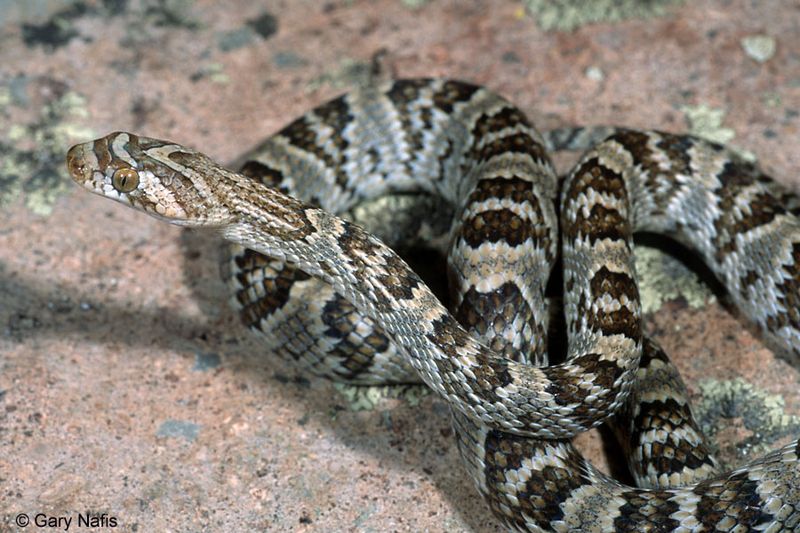
With a head shaped like a musical lyre, the Sonoran Lyresnake is a true desert enigma. Found among rocky outcrops, it is perfectly adapted to its harsh environment.
This snake is nocturnal and spends the daylight hours hidden beneath rocks, making sightings extremely rare.
Though mildly venomous, it poses little threat to humans, preferring to hunt small lizards and mammals. Spotting a Lyresnake requires patience and a sharp eye, as it blends effortlessly with its surroundings. Those lucky enough to see it often regard it as a highlight of their desert explorations.
Red Coachwhip
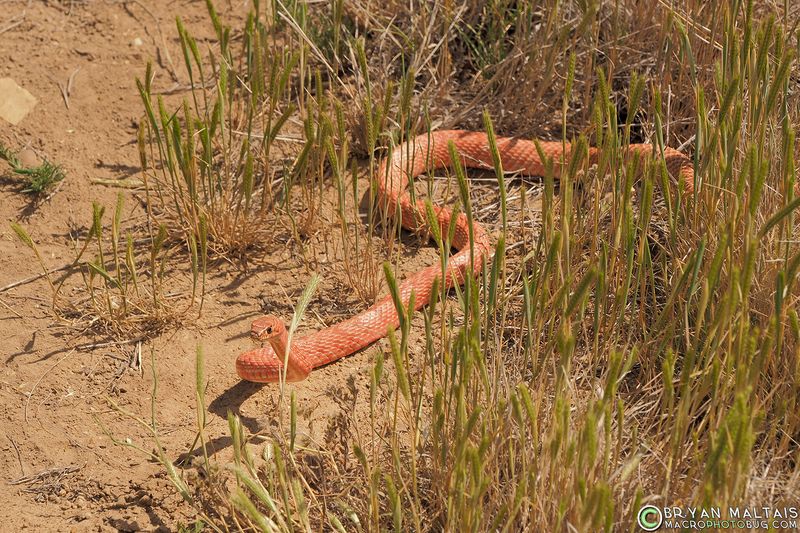
The Red Coachwhip is as fast as its name suggests, and just as elusive. This agile snake is often seen darting through tall grasses and open fields, its red scales glinting brightly.
Despite its vibrant appearance, it’s notoriously hard to catch a glimpse of, moving swiftly to avoid predators and curious humans alike.
While non-venomous, its speed and alertness make it a challenging subject for photographers and snake enthusiasts. Observing a Red Coachwhip in action is a testament to the incredible agility and beauty of North America’s reptiles.
Desert Nightsnake
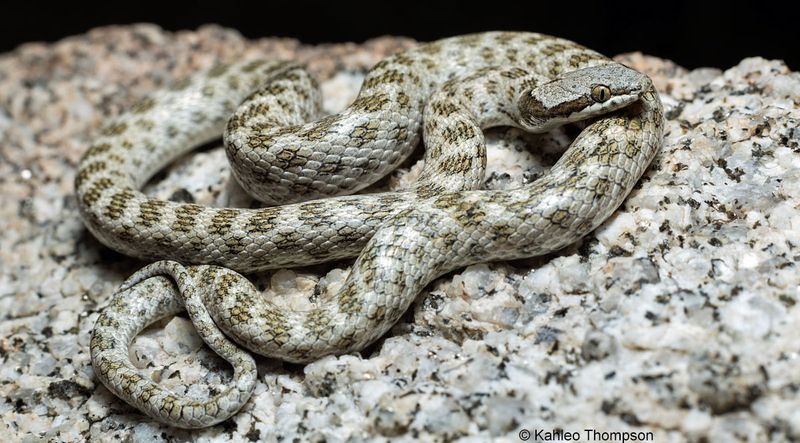
The Desert Nightsnake is a creature of the twilight. Emerging at dusk, this snake is adept at navigating the rocky deserts under the cover of darkness.
Its pale coloration and subtle patterns offer perfect camouflage, blending seamlessly with the desert floor.
Encounters with this snake are special, as it is often hidden during daylight hours. Though mildly venomous, it’s harmless to humans. Spotting this nocturnal wanderer requires patience and timing, making each sighting a rewarding experience for those venturing into its arid domain.
Western Blind Snake
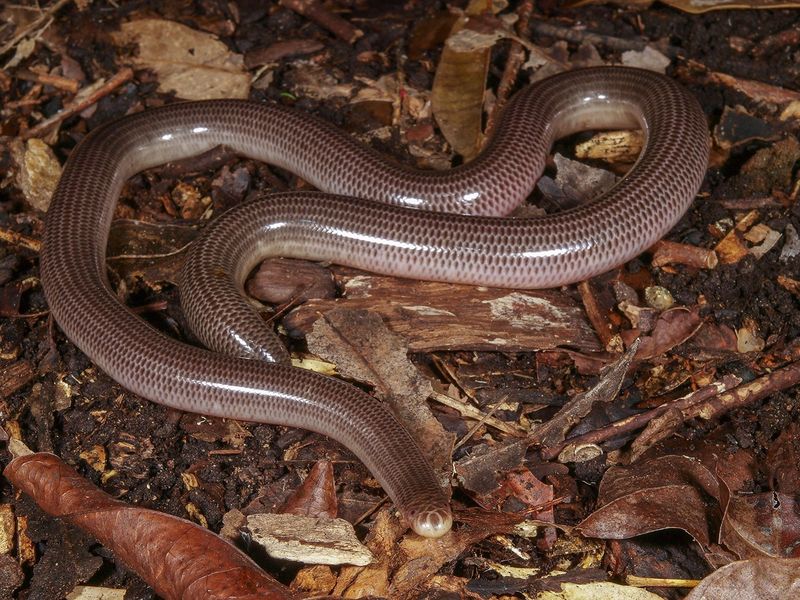
Looking more like a worm than a snake, the Western Blind Snake is a burrowing marvel. Found beneath rocks or deep in soil, this snake is rarely seen by casual observers.
Its tiny eyes and smooth scales are adaptations for a life spent mostly underground, hunting termites and ants.
It may be small and unobtrusive, but it plays a vital role in its ecosystem. Spotting a Western Blind Snake often requires a keen eye and sometimes a bit of luck, as these subterranean serpents are experts at remaining hidden from view.
Rough Earth Snake
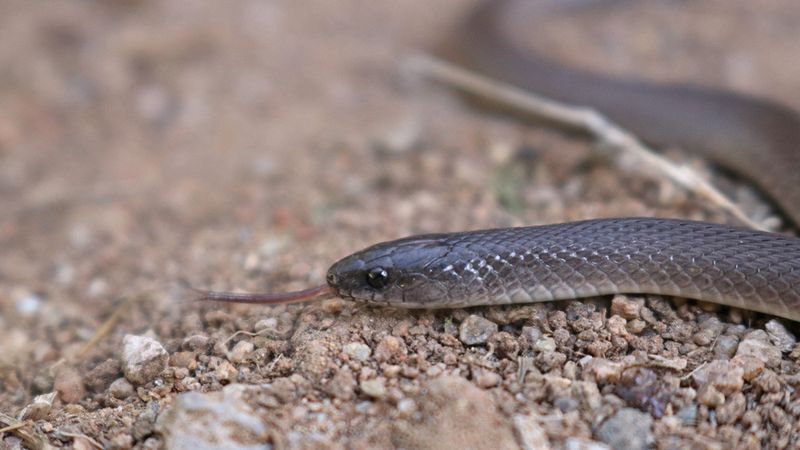
The Rough Earth Snake is a master of camouflage, often mistaken for a twig or leaf as it blends into the forest floor.
Found in wooded areas, this tiny snake is adept at hiding under leaves and debris, rarely emerging into the open.
Though small and unobtrusive, it’s an important part of the forest ecosystem, keeping insect populations in check. Finding a Rough Earth Snake requires patience and a gentle touch, as these snakes are easily overlooked by those not paying close attention to their surroundings.
Eastern Indigo Snake

The Eastern Indigo Snake, with its iridescent black scales, is the king of North American snakes. Known for its impressive size, it is nonetheless elusive, often found in pine forests and swamps.
Despite its striking appearance, this snake is non-venomous and prefers a solitary life, making encounters rare.
The Indigo Snake is an apex predator, controlling populations of other snakes, including venomous ones. Observing it in the wild is a privilege, offering a glimpse into the untamed beauty and balance of nature’s hierarchy.
Black Pine Snake
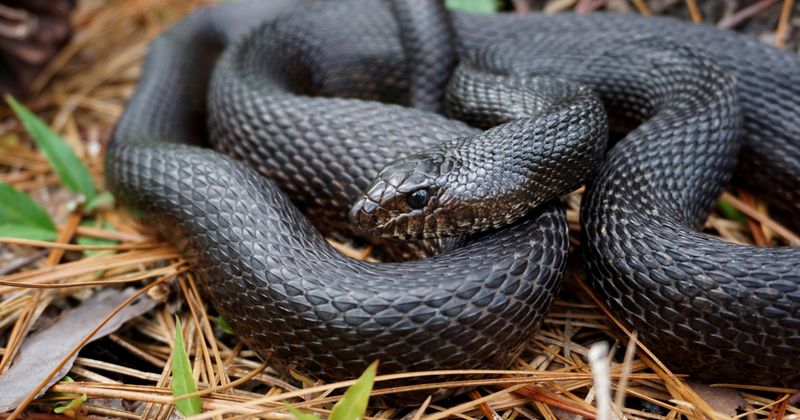
The Black Pine Snake is a rare and reclusive inhabitant of the Southeastern United States. Its dark scales allow it to blend effortlessly into the forest shadows, making it a ghostly presence.
This snake is a burrower, often found in sandy soils beneath pine forests, where it spends much of its life hidden from view.
Despite its elusive nature, it plays a crucial role in the ecosystem by controlling rodent populations. Spotting a Black Pine Snake requires a keen eye and a sense of adventure, as these snakes are masters of their shadowy domain.

